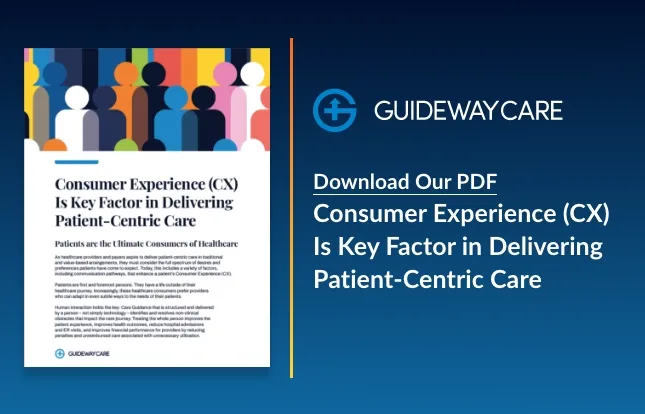5 Patient Engagement Trends for 2023

The Hospital Consumer Assessment of Healthcare Providers and Systems (HCAHPS) is the benchmark patient satisfaction survey. Patient engagement and satisfaction are essential factors in hospital reimbursement. These trends can help hospitals and healthcare providers to engage their patients more effectively.
Read more: 4 Strategies for Improving HCAHPS Scores.
As healthcare organizations continue to expand, it is essential to consider the rapidly evolving trends in patient engagement that have emerged in recent years. Here are five patient engagement trends to watch for in 2023.
1. Mobile-Friendly Services
Telehealth has become a more mainstream option for connecting patients with care providers. This trend will likely continue as patients turn to mobile devices for convenient, timely medical advice and service. To meet this demand, healthcare organizations must provide mobile-friendly services such as online scheduling, payment processing, and even remote patient monitoring—allowing them to track vital signs, symptoms, and other health indicators.
In oncology care, digital health platforms can improve patient engagement by providing a centralized source of information and support. Through these platforms, patients have access to personalized medical advice and tailored content based on their diagnosis—allowing them to track their progress and monitor their disease.
2. Increased Focus on Patient Experience
The healthcare industry is increasingly focused on improving the overall patient experience. To support patients’ needs, organizations are incorporating technologies such as artificial intelligence and virtual reality to provide personalized recommendations and treatments. Additionally, many providers offer more interactive visit approaches that allow for two-way conversations between the provider and patient during appointments. Cancer patients, in particular, may benefit from this approach as it helps to ensure that their concerns are addressed and questions answered.
3. Smart Device Integration
Smart devices are becoming ubiquitous in healthcare settings and providing opportunities for improving patient engagement. Wearable sensors allow real-time data collection on vital signs, such as heart rate and glucose levels, to aid in prompt diagnosis and management. Additionally, smart devices can send reminders for medication adherence, lifestyle changes, and follow-up appointments. In oncology care, these devices can ensure that patients keep up with treatment and stay connected to their care team.
4. Patient Portals
Patient portals are becoming an integral part of patient engagement strategies. These secure online platforms enable patients to access their medical records, schedule appointments, refill prescriptions, and communicate with providers in real-time. In addition, patient portals can be used for health education and medication reminders. As patient portals grow, healthcare organizations must ensure that their platforms are secure and user-friendly to maximize patient engagement. Cancer patients, in particular, may benefit from patient portal integration as it provides a direct line to their care team.
5. Increased Use of Digital Assistants
Digital assistants are quickly becoming an integral part of healthcare. From virtual nursing aides providing 24/7 support to AI-powered chatbots for scheduling appointments and answering questions about general health topics, oncology care providers are using digital assistants to improve patient engagement. Additionally, many providers are incorporating virtual and augmented reality into their care plans—allowing patients to interact with 3D images of their conditions and better understand their treatment options.
Call Guideway Care for the healthcare patient engagement solutions you need in 2023 and beyond. Our team of experts will help you take advantage of the latest trends to ensure your patients get the best care possible.
Contact Us Today To Learn How We Can Help
"*" indicates required fields




